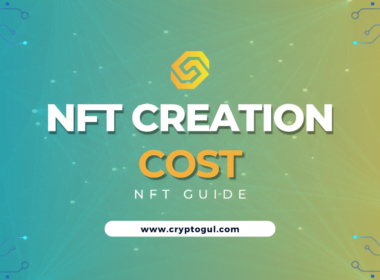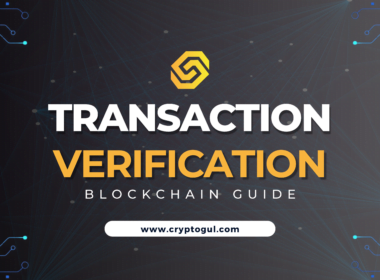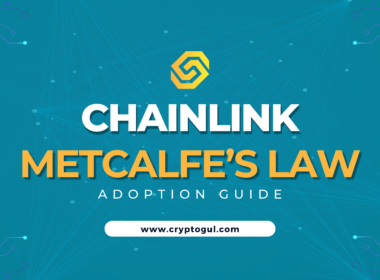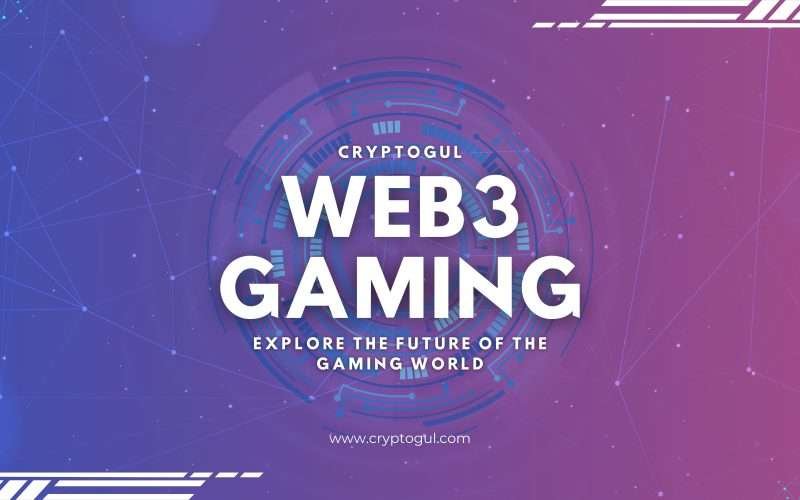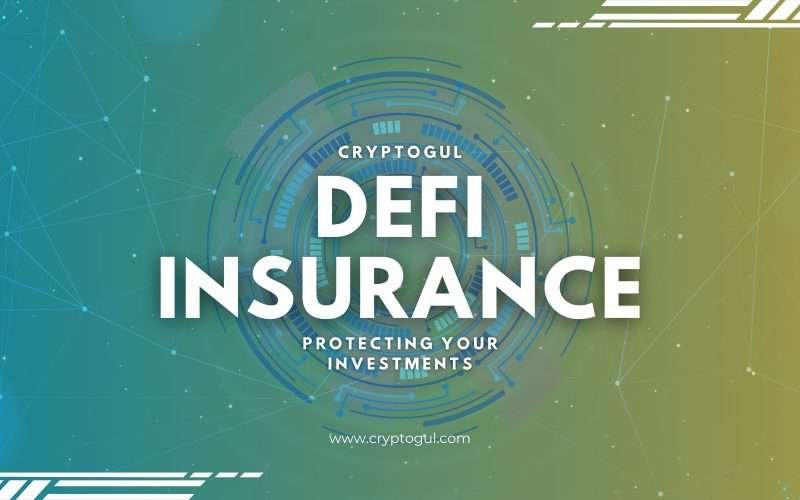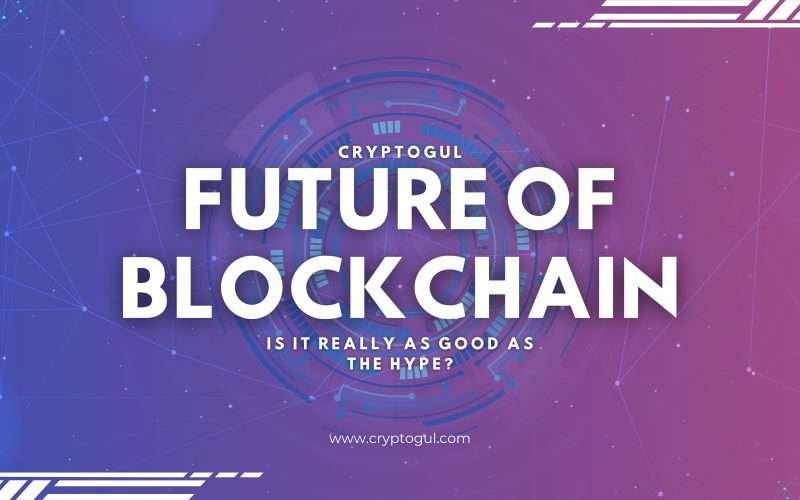Web3 gaming has gained significant traction in 2023, revolutionizing the gaming industry and offering players new opportunities to monetize their gaming experiences.
This new generation of gaming combines blockchain technology and cryptocurrency to create decentralized, immersive gaming environments where players can earn real-world value.
The Emergence of Web3 Gaming
Traditional Gaming vs. Web3 Gaming
Traditional gaming has long been dominated by centralized platforms and companies, limiting player ownership and control.
Web3 gaming, on the other hand, empowers players by offering decentralized gaming experiences, leveraging blockchain technology to enable true digital asset ownership and play-to-earn mechanics.
The Role of Blockchain and Cryptocurrency
Blockchain technology provides the foundation for Web3 gaming by offering transparent, immutable, and decentralized networks that support digital assets such as non-fungible tokens (NFTs) and cryptocurrencies.
These assets enable players to earn, trade, and sell in-game items, creating new revenue streams and fostering a thriving in-game economy.
Popular Play-to-Earn Games in 2023
Axie Infinity
Axie Infinity is a play-to-earn game where players breed, battle, and trade fantasy creatures called Axies.
Players can earn tokens by participating in battles, completing quests, and trading Axies on the marketplace.
The Sandbox
The Sandbox is a virtual metaverse that allows players to create, own, and monetize their gaming experiences.
Users can build and explore virtual worlds, purchase and sell virtual land, and create and trade in-game assets using the platform’s native token, SAND.
Decentraland
Decentraland is another decentralized metaverse, where users can create and explore virtual worlds, purchase and sell virtual land, and develop and monetize gaming experiences.
The platform’s native token, MANA, fuels the in-game economy and enables players to trade digital assets.
Benefits of Play-to-Earn Web3 Gaming
Financial Incentives
It offers players the opportunity to earn real-world value through in-game activities and asset trading.
This play-to-earn model incentivizes engagement and can provide supplementary income for dedicated players.
Ownership and Control
Blockchain technology allows players to have true ownership of their digital assets, such as in-game items, characters, and virtual land.
This ownership enables players to trade, sell, or rent their assets, creating new economic opportunities.
Decentralization and Security
Web3 gaming leverages decentralized networks to offer increased security and transparency.
This decentralization reduces the risk of hacking, fraud, and data breaches, while also providing players with more control over their gaming experiences.
Challenges Facing Web3 Gaming
Scalability
As the popularity of Web3 gaming grows, scalability becomes a critical concern. Many blockchain networks face congestion and high transaction fees, which can hinder the gaming experience.
Developers must find innovative ways to address these issues while maintaining the benefits of decentralization.
Accessibility and Adoption
Web3 gaming requires a certain level of technical knowledge and access to cryptocurrencies and digital wallets.
Overcoming these barriers to entry is crucial for the widespread adoption of Web3 gaming, as mainstream audiences need user-friendly interfaces and accessible onboarding processes.
Regulatory Uncertainty
The regulatory landscape surrounding blockchain, cryptocurrencies, and NFTs is still evolving.
Legal and regulatory uncertainties can impact the growth and stability of the industry, as developers and players navigate an ever-changing environment.
Web3 Gaming Infrastructure and Tools
Layer 2 Solutions
Layer 2 solutions, such as Polygon and Immutable X, offer scalability improvements by operating on top of existing blockchain networks.
These solutions provide faster transaction times and lower fees, enhancing the overall gaming experience.
Wallets and Marketplaces
Digital wallets like MetaMask and Nifty Gateway enable users to manage their cryptocurrencies and NFTs securely.
Marketplaces such as OpenSea and Rarible provide platforms for players to buy, sell, and trade in-game assets, fostering the growth of in-game economies.
Game Development Platforms
Web3 game development platforms, such as Enjin and Forte, provide tools and resources for developers to create decentralized gaming experiences.
These platforms support the integration of blockchain technology, NFTs, and cryptocurrencies into new and existing games.
The Future of Web3 Gaming
Virtual Reality and Augmented Reality
The integration of virtual reality (VR) and augmented reality (AR) technologies in Web3 gaming can further enhance immersion and user engagement.
Combining blockchain technology with VR and AR will enable the creation of entirely new gaming experiences and virtual worlds.
Cross-Platform and Interoperable Gaming
Interoperability between different games and platforms will become increasingly important.
Players will be able to use their digital assets across multiple games and ecosystems, further expanding the utility and value of their in-game assets.
Mainstream Adoption
As it continues to mature, we can expect more mainstream adoption, with traditional gaming companies exploring decentralized gaming models and leveraging blockchain technology to provide new experiences for their audiences.
Conclusion
Web3 gaming is revolutionizing the gaming industry, offering players new opportunities to earn, own, and control their gaming experiences.
As the technology matures and the industry overcomes challenges related to scalability, accessibility, and regulation, we can expect the continued growth and innovation in the world of play-to-earn gaming.
It refers to decentralized gaming experiences that leverage blockchain technology and cryptocurrencies, allowing players to own digital assets and earn real-world value through in-game activities.
In play-to-earn games, players can earn cryptocurrencies or other digital assets by participating in in-game activities, such as battling, completing quests, or trading assets on marketplaces.
Some popular Web3 games in 2023 include Axie Infinity, The Sandbox, and Decentraland.
It offers several benefits, including financial incentives, true digital asset ownership, decentralization, and increased security.
Challenges related to scalability, accessibility and adoption, and regulatory uncertainty. As the industry matures, developers and stakeholders must address these challenges to ensure continued growth and innovation.


